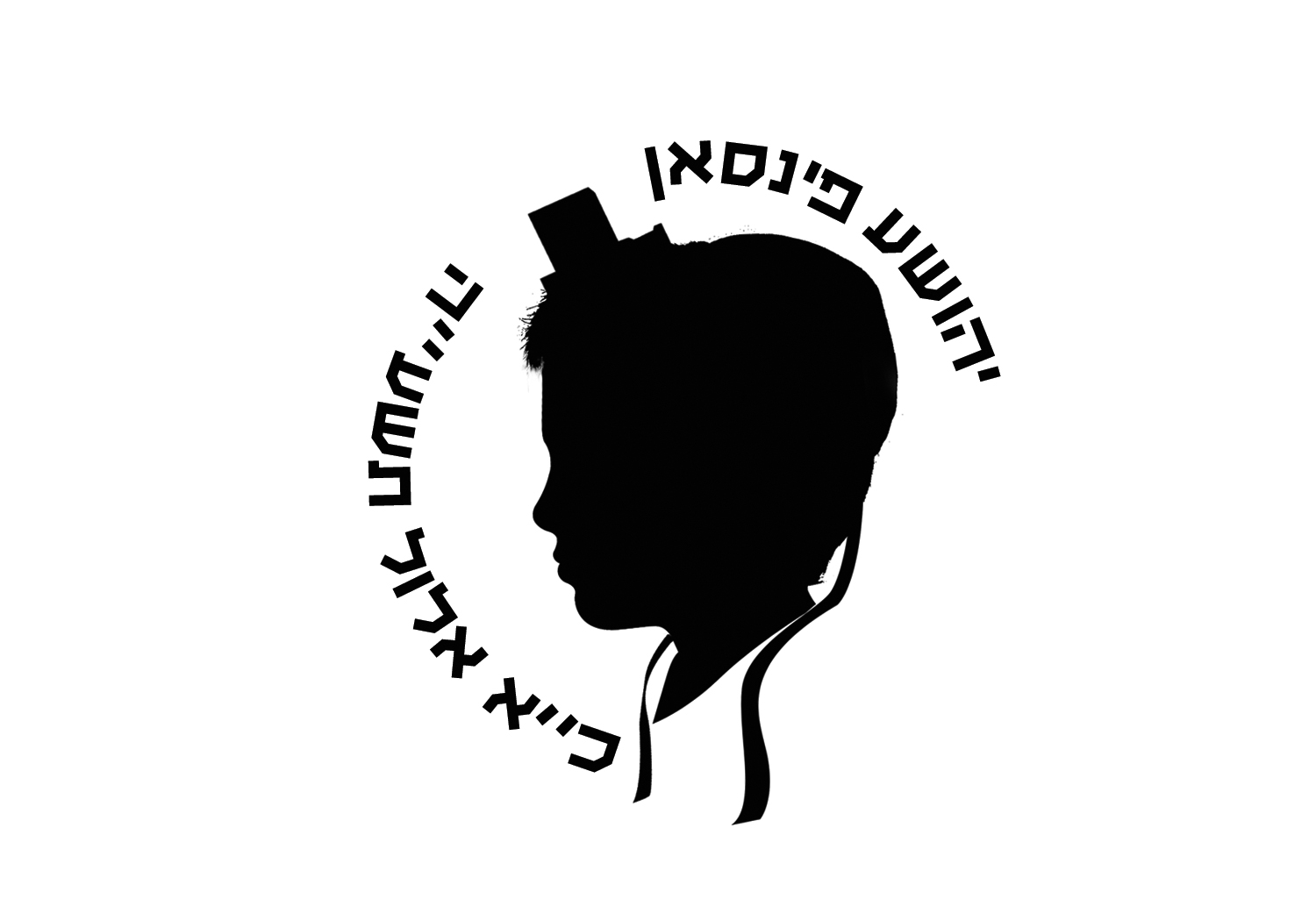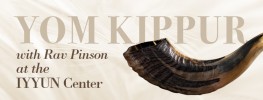Just in time for Lag B’Omer 2016!
Upshernish: The First Haircut by Rav DovBer Pinson
Redesigned and Updated!
The upsherin ceremony is a joyous celebration of a boy’s first haircut.
In this updated version of Upshernish, Rav Pinson explores the varied aspects of this rite of passage.
The deeper significance of hair, and its connection with gender and life stages is thoroughly examined as is the upsherin ceremony itself. In Rav Pinson’s trademark style, profound yet accessible, no stone is left unturned in the discovery of meaning and relevance in an age old custom.
Upshernish: The First Haircut also includes a practical guide to conducting an Upsherin ceremony.
_available in fine bookstores everywhere_
https://www.amazon.com/Upshernish-First-Haircut-Dovber-Pinson/dp/098900726X/ref=sr_1_23?s=books&ie=UTF8&qid=1481741139&sr=1-23&keywords=dovber+pinson
Sample Chapter Below:
This book has been revised and reprinted in honor of the
Bar Mitzvah of our dear son, Yehoshua, sheyichye.
Deeply compassionate, full of liveliness,
and wise beyond his years,
he is a source of great nachas and joy to us and to klal yisrael.
Chapter 1:
Upsherin
With singing, dancing, joy, and heartfelt prayers, and a camaraderie that spans Jews of all religious affiliations and backgrounds,
tens of thousands come together each year to celebrate a day dedicated to Rabbi Shimon bar Yochai.
Among the throng of people, little boys with long hair sit perched on their fathers’ shoulders.
Today is the day these children will celebrate their Upsherin, a ritual to reveal their sidelocks, peyos, bringing them into the next stage of life.
Derived from the German word sherin/ to cut, and auf/off, the Yiddish word Upsherin, is one of many terms used to describe this ceremony. In Hebrew, the words tisporet or chalakah are used.
While not based on any Talmudic teaching, the custom to celebrate a boy’s first haircut has been around for hundreds of years, and today is practiced throughout the world.
A student of Rabbi Yitzchak Luria (1534-1572) writes that his teacher took his family to the gravesite of the 1st century sage Rabbi Shimon bar Yochai.
There, he performed his young son’s first haircut with great joy and festivity “according to the well-known tradition†(Shar Hakavanos, Pesach Derush 12).
This event took place the 33rd day of the counting of the Omer, the anniversary of the passing of Rabbi Shimon bar Yochai.
In the Torah, we find that Avraham “made a great feast the same day that Yitzchak was weaned.†(Bereishis 21; 8). The great 11th century commentator, R’ Shlomo Yitzchaki, also known as Rashi,
writes that this feast took place on Yitzchak’s second birthday, as he entered his third year of life. Perhaps this was in commemoration of a transitional moment in the child’s maturation.
Clearly, a three year old boy undergoes a period of major transformation at this time; his journey from babyhood to childhood.
During this time, he moves from his complete dependence on his mother to functioning as an independent being.
This maturation is somewhat connected to the physical act of cutting his hair; the Upsherin. In earlier traditional sources, there is discussion as to when parents should give
their son his first haircut. One source advised the first shearing should take place as early as thirteen weeks; another, two years and others explore the ripe age of five.
Today, the most common interpretation is to celebrate this milestone on the child’s third birthday. Select chassidic groups, however, perform the Upsherin on the boy’s second birthday, upon his entering his third year of life.
In a beautiful metaphor, a child is the bounty of his parents just as the fruit is the bounty of the trees.
According to Torah law, (Vayikra 19; 23), we may not indulge in the fruit of the trees within the first three years of their planting.
This injunction is referred to as the laws of orlah. The word orlah is generally translated to mean “concealment†(Malbim, Devarim, 30; 11). Similarly, the child’s hair may be left uncut for the first three years of his life.
To continue the analogy, in the same way that a tree grows tall and eventually produces fruit, it is hoped that the child will grow in his Torah learning and strength of character.








